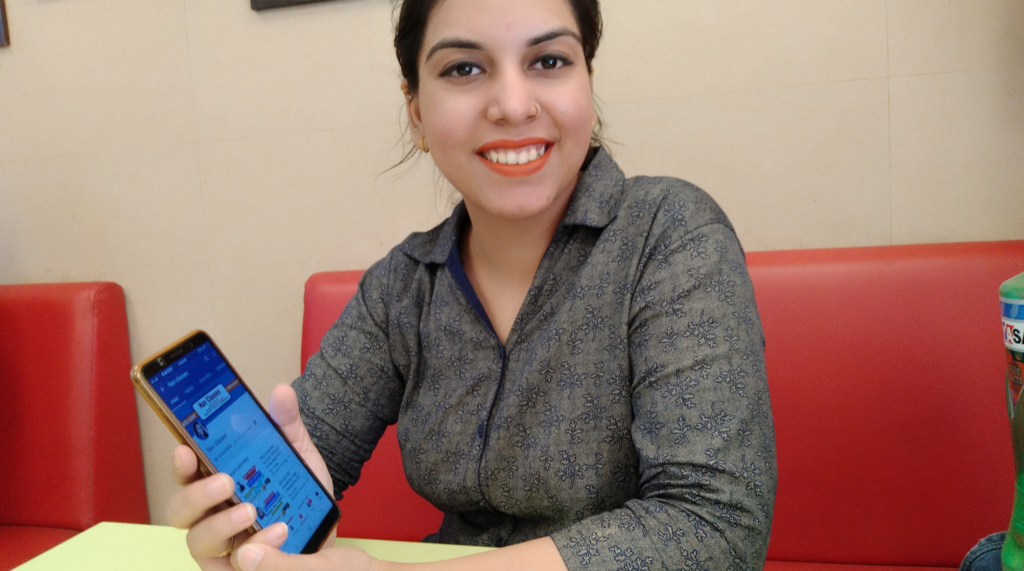All about computers basics to advance level ICT NTA UGC NET
Evolution of Computer Technology
- The origin of computer technology took place in 19th century. People in
those days desired to have a machine that would perform mathematical
calculations. - ABACUS is considered as the first computer in the world. It was used to perform simple measurements and calculations.
In later period, the scientist named as Pascal developed a machine that could perform mathematical calculations. This machine had number of gears. The movement of gear mechanism used to perform some calculations. He named machine as PASCALINE. - However, the concept of a modern computer was put forward by the scientist and mathematician named Charles Babbage. He first wrote how to use logic and loops in a process execution. Based on the concept of logic and loops, Babbage developed two models for performing computations – Analytical Engine and Difference engine.
- In those days, electronics was not developed. Therefore these models proposed by Babbage were having existence only on paper. However, the ideas given by Babbage were implemented after invention of electronics.
Computer Fundamentals
George Boolean developed famous Boolean algebra based on binary numbers. De Morgan put forward theorems on logic gates. These theorems are known as De Morgan‘s Theorems.
Lady Ada is the first computer programmer.
The real applications of computers began in the late fifties(50s). The computers were used in United States for various applications such as census, defense, R&D universities etc.
BASIC COMPUTER ORGANIZATION
| Basics of Computer and Input Devices with Examples | |
| CPU and Output Devices with Example | |
| Printers and Storage Units | |
| Cache, Registers, RAM ROM | |
| Memory Units and Secondary Memory | |
| Abacus, Napier’s Bones, Leibniz Calculator, Analytical Engine, Generation of Computers | |
| Analog, Digital, Hybrid, Super, Mainframe, Mini, Micro Computers | |
| Computer Networking- transmission media | |
| Network Devices and Types of network- LAN, WAN, MAN, ISDN | |
| Data transmission, protocol, TCP/IP, IPV4 and IPV6 |
In simple words, computer is defined as an electronic device or machine that accepts data from Input device processes it and stores in a disk and displays it on output device such as monitor. (Storing of data takes place in secondary memory)
The basic block diagram of a computer For all types of computers such as Personal Computer, Lap Top, Palm top etc., the fundamental principle of working will remain the same.

There are four main building blocks of a computer organization – input, processor, output and memory. The data is inputted through input device. Keyboards, Disks, Mouse are the input devices. The input devices translate data and programs that the human being can understand into the form that the computer can process.
The data received from keyboard is processed by the CPU i.e. Central Processing Unit. The CPU controls and manipulates data that produce information. The CPU is usually housed within the protective cartridge.
Computer Fundamentals
The processed data is either stored in the memory or sent to output device, as per the command given by the user. The memory unit holds data and program instructions for processing data.
Output devices like monitor (display unit), printer translate the processed information from CPU into the form that the human being can understand.


Can I Buy Nexium In Canada [url=https://buycialisuss.com/#]Cialis[/url] Propecia Contraindications Docusate Sodium Cialis Dapoxetina Senza Ricetta